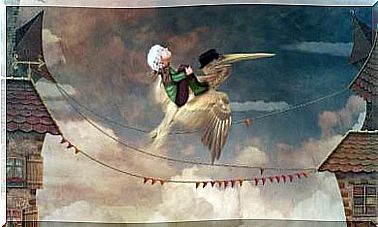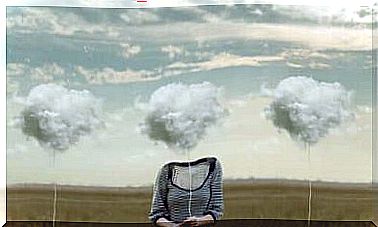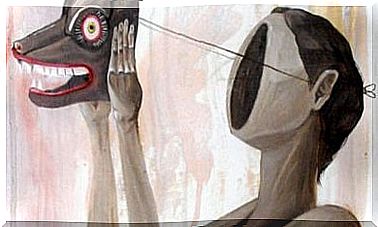Strauss-Howe’s Generation Theory
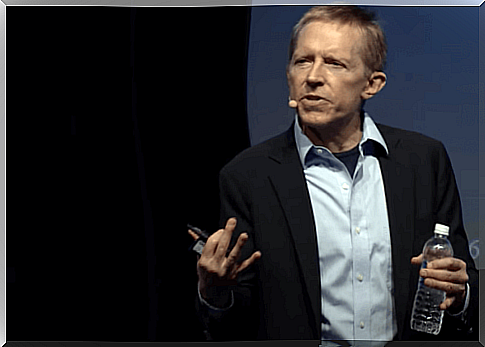
Neil Howe is one of the authors of a controversial theory published in the 1990s, Strauss-Howe’s Generation Theory. However, the theory has revived public interest in recent months. That’s because the economist and demographer predicted that the United States would experience a major crisis in 2020.
The prediction was based on a historical pattern he noticed in his research. Together with his colleague William Strauss, Howe discovered that important changes in the United States and other countries were closely linked to generational changes. They evaluated each generation at 20-23 year intervals.
According to Strauss-Howe’s generation theory, many countries undergo decisive changes every four generations. They worked out that this is about 80 to 90 years. They claim that when this period is over, there will be a radical transformation in the social and political structure.

Strauss-Howe’s Generation Theory
Neil Howe’s first studies were published in 1991 in a book called Generations. However, he and Strauss wrote about the generation theory in the book The Fourth Turning, published in 1997. Here, he and Strauss predicted a significant crisis for the year 2020.
However, the authors never specifically mentioned a pandemic. What they did predict was significant social unrest and an economic and political crisis. They believe that both the United States and other countries go through cycles of major crises that act like the changing seasons in a year.
In their study, they also showed that generational cycles coincided with these major historical events: the Glorious Revolution, the American Revolution, the Civil War, World War II, and the Great Depression.
The Four Types of Generations
Neil Howe and Strauss named four different types of generations. Each of these corresponds to a particular archetype. The first “turn,” or the first generation of each cycle according to the researchers, is like spring. This is the generation following a major crisis.
The first turn leads to orderly societies with strong institutions and a strong sense of collective progress. Individualism has no place here. Instead, a “majority rule” mentality shapes the culture. Howe and Strauss call it the silent generation.
The second ‘turn’, or second generation, is like summer. It is characterized by behavior that is the opposite of the previous generation.
This is a passionate and very creative generation. These traits help them create significant cultural changes and shifts in values. People of this generational type also tend to encourage religious change. They also provide ‘awakening’ in many other areas.
The Fall and Winter Generations of Generation Theory
The third twist or revolution corresponds to autumn. Here the individualism of the second revolution becomes irresponsible. As a result, essentially any sense of community or the collective disappears. The authors argue that cynicism and bad behavior are characteristic of this generation.
Third generation members express the expression of individuality to the maximum. As a result, they create foci of inequality and injustice. Their sense of civic duty is extremely low. They mainly prioritize individual freedom.
The fourth generation of the cycle is winter. This is when major political and social crises occur. This generation is rediscovering a civic identity and the value of the community. The authors believe that this cycle often coincides with war or armed conflict.
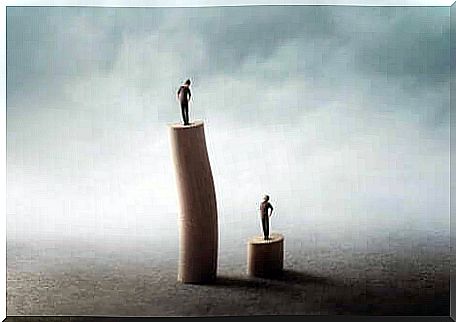
A radical transformation in 2020
Strauss-Howe’s generation theory identifies these cycles in history. Particularly in the United States, but also in Eastern Europe and South and East Asia. They claim that the whole world has been going through these similar cycles since World War II.
Howe and Strauss therefore predict that in the coming years we will see an increasingly radical demand for governments to do more. Radical conservatism, however, will lose momentum. That, in turn, will make way for more socially oriented alternatives.
Finally, Neil Howe believes that the world is already in the second half of the fourth rotation. If he and Strauss are right, great transformations lie ahead.
They also predict the likelihood of large-scale armed conflicts. If we are to believe Strauss-Howe’s generation theory, there will be radical change in the coming years. We’ll know soon enough if their theory is correct.


